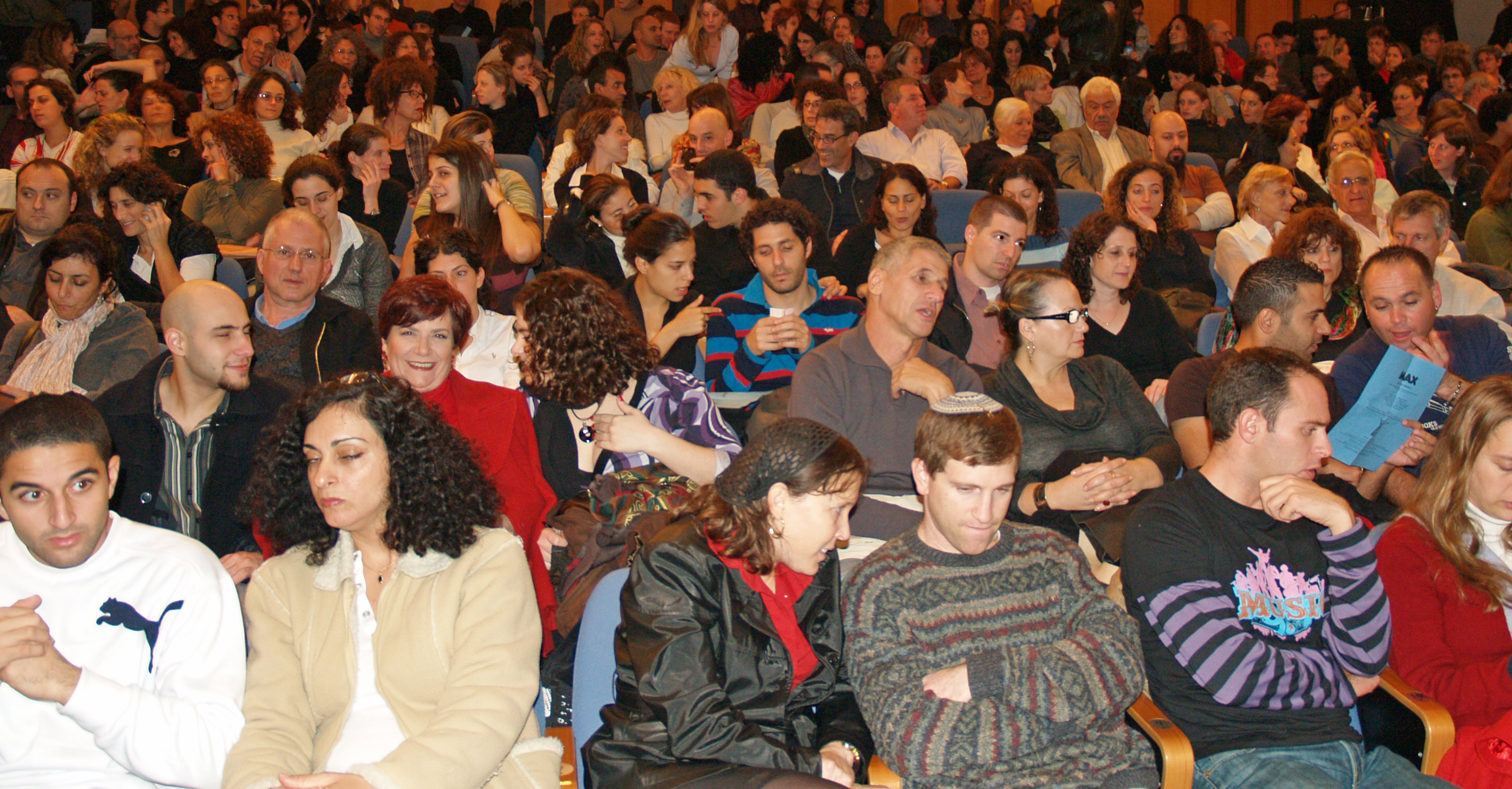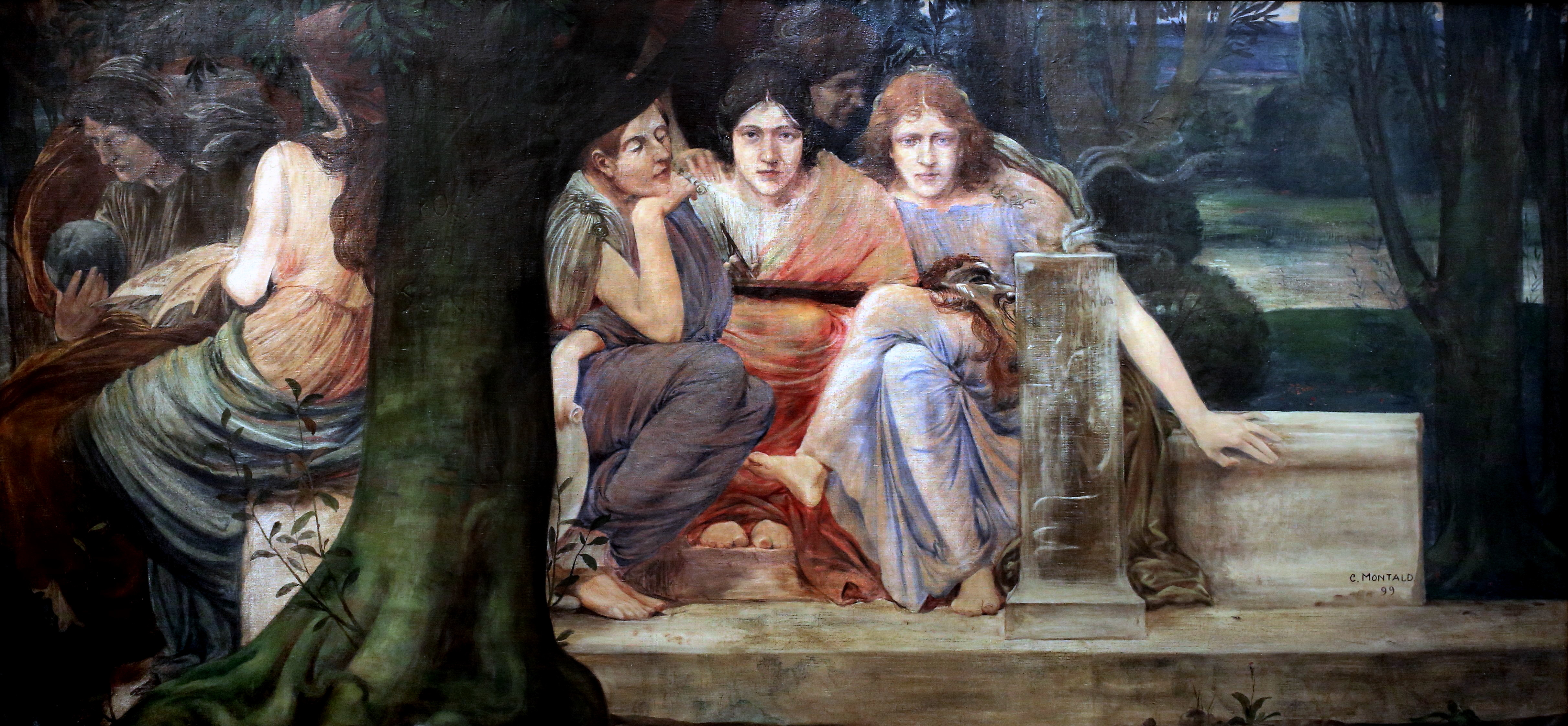|
Reveal (narrative)
The reveal (also known as the big reveal) is a plot device in narrative structure and is the exposure to the reader or audience of a previously unseen key character, or element of plot or performance. A reveal is different from Aristotle's '' anagnorisis'', in which something is revealed to a character rather than to the audience. Narrative The reveal may result in a plot twist and could be the key plot turn or unexpected coda in the story; for example, in the mystery genre. It may have scenes in the future that reveal consequences of actions to provide a lead for what will occur in the plot or side plot. This may be the overarching plot line in a mystery or soap opera. It may also be used as a device (particularly in the climax) in stage magic by an illusionist or escape artist. Stage magic In a magician's act, "the reveal" may refer to * the normal culmination of a trick * the unexpected (to the audience An audience is a group of people who participate in a show ... [...More Info...] [...Related Items...] OR: [Wikipedia] [Google] [Baidu] |
Plot Device
A plot device or plot mechanism is any technique in a narrative used to move the plot forward. A clichéd plot device may annoy the reader and a contrived or arbitrary device may confuse the reader, causing a loss of the suspension of disbelief. However, a well-crafted plot device, or one that emerges naturally from the setting or characters of the story, may be entirely accepted, or may even be unnoticed by the audience. Stories using plot devices Many stories, especially in the fantasy genre, feature an object or objects with some great magical power, such as a crown, sword, or jewel. Often what drives the plot is the hero's need to find the object and use it for good, before the villain can use it for evil, or if the object has been broken by the villains, to retrieve each piece that must be gathered from each antagonist to restore it, or, if the object itself is evil, to destroy it. In some cases destroying the object will lead to the destruction of the villain. In the In ... [...More Info...] [...Related Items...] OR: [Wikipedia] [Google] [Baidu] |
Climax (narrative)
The climax () or turning point of a narrative work is its point of highest tension and drama, or it is the time when the action starts during which the solution is given. The climax of a story is a literary element. Anticlimax An anticlimax is a disappointing event after events that were full of excitement. See also * Dramatic structure * Literary element * Climax as a rhetorical device References Plot (narrative) {{Lit-stub ... [...More Info...] [...Related Items...] OR: [Wikipedia] [Google] [Baidu] |
Establishing Shot
An establishing shot in filmmaking and television production sets up, or establishes, the context for a scene by showing the relationship between its important figures and objects. It is generally a long or extreme-long shot at the beginning of a scene indicating where, and sometimes when, the remainder of the scene takes place. Establishing shots were more common during the classical era Classical antiquity, also known as the classical era, classical period, classical age, or simply antiquity, is the period of cultural European history between the 8th century BC and the 5th century AD comprising the interwoven civilization ... of filmmaking than they are now. Today's filmmakers tend to skip the establishing shot in order to move the scene along more quickly, or merely mention the setting in on-screen text (as is done in the ''Law & Order'' franchise). In addition, the expositional nature of the shot may be unsuitable to scenes in mysteries, where details are intentio ... [...More Info...] [...Related Items...] OR: [Wikipedia] [Google] [Baidu] |
Opening Shot
Opening may refer to: Types of openings * Hole * A title sequence or opening credits * Grand opening of a business or other institution * Inauguration * Keynote * Opening sentence * Opening sequence * Opening statement, a beginning statement in a court case * Opening (morphology), a morphological filtering operation used in image processing * Overture * Salutation (greeting) * Vernissage Games * Backgammon opening * Chess opening * Go opening * Shogi opening * , a term from contract bridge * , a term from contract bridge Media * Al-Fatiha, "The Opening", the first chapter of the Qur'an * ''The Opening'' (album), live album by Mal Waldron * "Opening", a song by Hikaru Utada from the 2004 album ''Exodus'' * "Opening", a song by Jay Chou from the 2007 album ''Secret Secrecy is the practice of hiding information from certain individuals or groups who do not have the "need to know", perhaps while sharing it with other individuals. That which is kept hidden is known as the ... [...More Info...] [...Related Items...] OR: [Wikipedia] [Google] [Baidu] |
Audience
An audience is a group of people who participate in a show or encounter a work of art, literature (in which they are called "readers"), theatre, music (in which they are called "listeners"), video games (in which they are called "players"), or academics in any medium. Audience members participate in different ways in different kinds of art. Some events invite overt audience participation and others allow only modest clapping and criticism and reception. Media audience studies have become a recognized part of the curriculum. Audience theory offers scholarly insight into audiences in general. These insights shape our knowledge of just how audiences affect and are affected by different forms of art. The biggest art form is the mass media. Films, video games, radio shows, software (and hardware), and other formats are affected by the audience and its reviews and recommendations. In the age of easy internet participation and citizen journalism, professional creators share space, and ... [...More Info...] [...Related Items...] OR: [Wikipedia] [Google] [Baidu] |
Escape Artist
Escapology is the practice of escaping from physical restraint, restraints or other traps. Escapologists (also classified as escape artists) escape from handcuffs, straitjackets, Cage (enclosure), cages, coffins, steel boxes, barrels, bags, burning buildings, aquarium, fish-tanks, and other perils, often in combination. History The art of escaping from restraints and confined spaces has been a skill employed by performers for a very long time. It was not originally displayed as an overt act in itself but was instead used secretly to create illusions such as a disappearance or transmutation. In the 1860s, the Davenport Brothers, who were skilled at releasing themselves from rope ties, used the art to convey the impression they were restrained while they created spirit phenomena. Other illusionists, including John Nevil Maskelyne, worked out how the Davenports did their act and re-created the tricks to debunk the brothers' claims of psychic power. However, the re-creations did n ... [...More Info...] [...Related Items...] OR: [Wikipedia] [Google] [Baidu] |
Magic (illusion)
Magic, which encompasses the subgenres of close-up magic, parlor magic, and stage magic, among others, is a performing art in which audiences are entertained by tricks, effects, or illusions of seemingly impossible feats, using natural means. It is to be distinguished from Magic (supernatural), paranormal magic which are effects claimed to be created through supernatural means. It is one of the oldest performing arts in the world. Modern entertainment magic, as pioneered by 19th-century magician Jean-Eugène Robert-Houdin, has become a popular theatrical art form. In the late 19th and early 20th centuries, magicians such as John Nevil Maskelyne and David Devant, Howard Thurston, Harry Kellar, and Harry Houdini achieved widespread commercial success during what has become known as "the Golden Age of Magic", a period in which performance magic became a staple of Broadway theatre, vaudeville, and music halls. Meanwhile, magicians such as Georges Méliès, Gaston Velle, Walter R. B ... [...More Info...] [...Related Items...] OR: [Wikipedia] [Google] [Baidu] |
Stage Magic
A stage illusion is a large-scale magic trick. As the name implies, stage illusions are distinct from other types of magic in that they are performed a considerable distance away from the audience, usually on a stage, in order to maintain the illusion. Stage illusions usually use large props and may involve the use of assistants or large animals.Wilson, Mark. Mark Wilson's Complete Course in Magic. Running Press Kids. 2003. Examples of stage illusions include sawing a woman in half and levitation. Stage illusion also refers to the field or career of performing stage illusions. Stage illusions * Aquarian Illusion * Asrah levitation * Assistant's Revenge * Aztec Lady * Balducci levitation * Battle of the Barrels * Bullet catch * Cabinet escape * David Copperfield's laser illusion * Devil's torture chamber *Guillotine *Impalement * Indian rope trick *Levitation *Metamorphosis * Mismade Girl *Origami * Predicament escape * Radium Girl * Sawing a woman in half * Squeeze Box Illusio ... [...More Info...] [...Related Items...] OR: [Wikipedia] [Google] [Baidu] |
Mystery Fiction
Mystery is a genre fiction, fiction genre where the nature of an event, usually a murder or other crime, remains wiktionary:mysterious, mysterious until the end of the story. Often within a closed circle of suspects, each suspect is usually provided with a credible motive and a reasonable opportunity for committing the crime. The central character is often a detective (such as Sherlock Holmes), who eventually solves the mystery by logical deduction from facts presented to the reader. Some mystery books are non-fiction. Mystery fiction can be detective stories in which the emphasis is on the puzzle or suspense element and its logical solution such as a whodunit. Mystery fiction can be contrasted with hardboiled detective stories, which focus on action and gritty realism. Mystery fiction can involve a supernatural mystery in which the solution does not have to be logical and even in which there is no crime involved. This usage was common in the pulp magazines of the 1930s and 1940s ... [...More Info...] [...Related Items...] OR: [Wikipedia] [Google] [Baidu] |
Narrative Structure
Story structure or narrative structure is the recognizable or comprehensible way in which a narrative's different elements are unified, including in a particularly chosen order and sometimes specifically referring to the ordering of the plot: the narrative series of events, though this can vary based on culture. In a play or work of theatre especially, this can be called dramatic structure, which is presented in audiovisual form. Story structure can vary by culture and by location. The following is an overview of various story structures and components that might be considered. Definition Story is a sequence of events, which can be true or fictitious, that appear in prose, verse or script, designed to amuse or inform an audience. Story structure is a way to organize the story's elements into a recognizable sequence. It has been shown to influence how the brain organizes information. Story structures can vary culture to culture and throughout history. The same named story stru ... [...More Info...] [...Related Items...] OR: [Wikipedia] [Google] [Baidu] |
Literary Genre
A literary genre is a category of literature. Genres may be determined by List of narrative techniques, literary technique, Tone (literature), tone, Media (communication), content, or length (especially for fiction). They generally move from more abstract, encompassing classes, which are then further sub-divided into more concrete distinctions. The distinctions between genres and categories are flexible and loosely defined, and even the rules designating genres change over time and are fairly unstable. Genres can all be in the form of prose or poetry. Additionally, a genre such as satire, allegory or pastoral might appear in any of the above, not only as a subgenre (see below), but as a mixture of genres. They are defined by the general cultural movement of the historical period in which they were composed. History of genres Aristotle The concept of genre began in the works of Aristotle, who applied biological concepts to the classification of literary genres, or, as he ca ... [...More Info...] [...Related Items...] OR: [Wikipedia] [Google] [Baidu] |
Mystery Fiction
Mystery is a genre fiction, fiction genre where the nature of an event, usually a murder or other crime, remains wiktionary:mysterious, mysterious until the end of the story. Often within a closed circle of suspects, each suspect is usually provided with a credible motive and a reasonable opportunity for committing the crime. The central character is often a detective (such as Sherlock Holmes), who eventually solves the mystery by logical deduction from facts presented to the reader. Some mystery books are non-fiction. Mystery fiction can be detective stories in which the emphasis is on the puzzle or suspense element and its logical solution such as a whodunit. Mystery fiction can be contrasted with hardboiled detective stories, which focus on action and gritty realism. Mystery fiction can involve a supernatural mystery in which the solution does not have to be logical and even in which there is no crime involved. This usage was common in the pulp magazines of the 1930s and 1940s ... [...More Info...] [...Related Items...] OR: [Wikipedia] [Google] [Baidu] |




